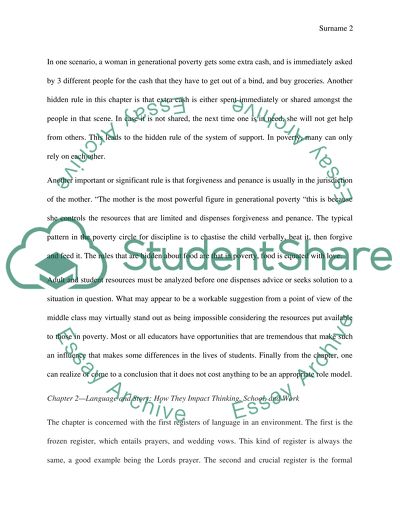Cite this document
(“Chapter Review, Reflection Etc Book Report/Review”, n.d.)
Chapter Review, Reflection Etc Book Report/Review. Retrieved from https://studentshare.org/education/1644425-chapter-review-reflection-etc
Chapter Review, Reflection Etc Book Report/Review. Retrieved from https://studentshare.org/education/1644425-chapter-review-reflection-etc
(Chapter Review, Reflection Etc Book Report/Review)
Chapter Review, Reflection Etc Book Report/Review. https://studentshare.org/education/1644425-chapter-review-reflection-etc.
Chapter Review, Reflection Etc Book Report/Review. https://studentshare.org/education/1644425-chapter-review-reflection-etc.
“Chapter Review, Reflection Etc Book Report/Review”, n.d. https://studentshare.org/education/1644425-chapter-review-reflection-etc.


